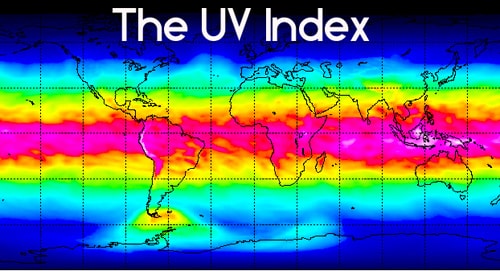Summertime means sunny days and nice weather, but being outdoors in the sun isn’t necessarily good for your skin. Sure, you get vitamin D from the sun, but you must be wary of UV rays and the damage that they can cause. Before you go outside, make sure to check your local UV index. What is the UV Index? It is the standard of measurement for ultraviolet rays in a particular location.
The EPA broken down the index into 5 categories:
- Low
0-2 on the UV index means low risk, and is generally safe to be outdoors. Sunscreen and sunglasses are suggested.
- Moderate
3-5 on the UV index is moderate risk. You should avoid the midday sun, if possible.
- High
6-7 on the scale is high risk, and you are at risk of skin and eye damage if you go unprotected.
- Very High
If the UV index is 8-10, there is a very high risk of skin and eye damage and heat related medical emergencies, so stay indoors if possible. If you need to go outdoors for any reason, try to do so in the early morning and late evening, when the heat is not so severe.
- Extreme
11+ on the index means that skin and eyes can be damaged within minutes of being in the extreme heat. Remain indoors, if possible, but if you do need to venture out, make sure to take all proper precautions.
Regardless of the UV index, you should wear sunscreen any time you are outdoors. If the sun is out, make sure to have a hat or sunglasses to protect your eyes. Loose fitting, light colored clothing is also suggested for hot days.
